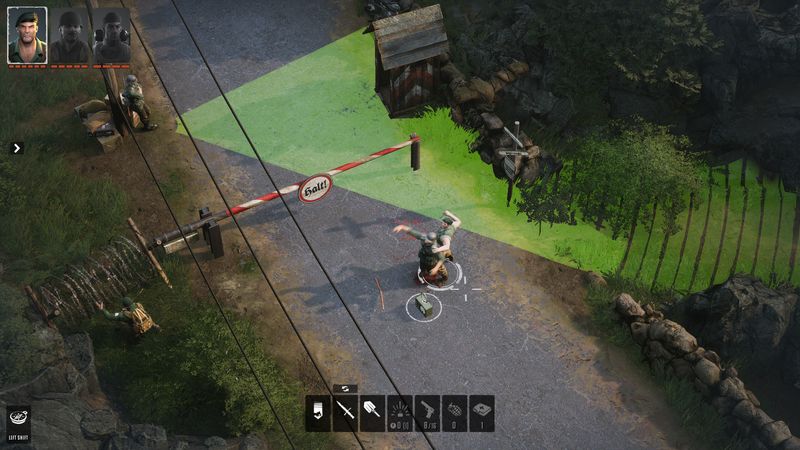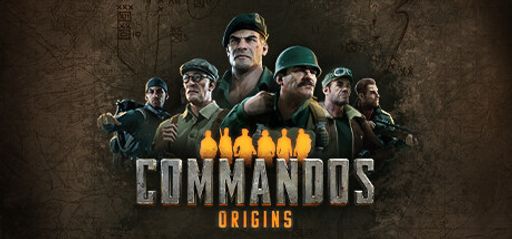I’ve always enjoyed a good challenge in my games. Commandos: Origins brings a mission full of history and surprising twists. As a passionate speedrunner and analytical gamer, I started this game with high hopes. I aimed to uncover every trick to save precious seconds. But I also had to deal with some design flaws along the way.
Overall Impressions
From the start, Commandos: Origins grabs your attention with its bold story. It takes players back to the early days of the famous WWII unit. I respect how the developers, Claymore Game Studios, stayed true to the roots of the real-time tactics genre. The story is ambitious, with tension growing with each mission. Still, the experience isn’t perfect. Some design choices hurt the flow of stealth strategies. As a speedrunner, I need clear rules to pull off precise moves, and the game doesn’t always deliver.
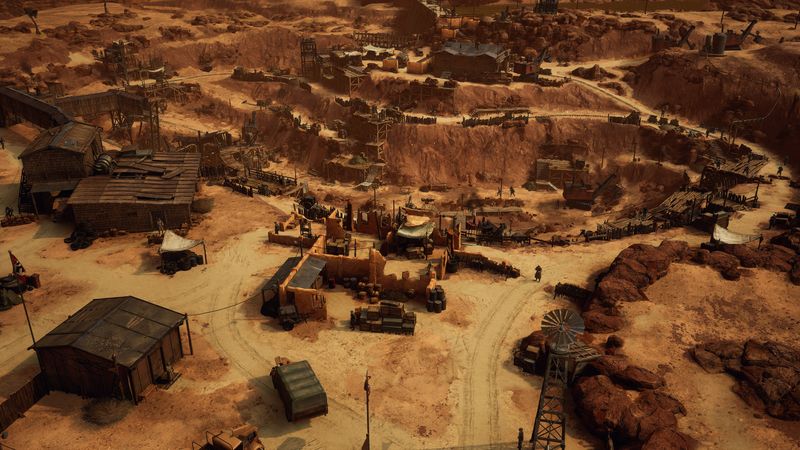
The mission structure pushes players towards rapid decision-making. Several missions expect a fast and forceful approach. This emphasis on chaotic carnage is not entirely in sync with my preferred pacifist strategies. One mission forces you to kill an enemy right from the start. Such design choices betray the non-lethal gameplay I respect. Reviews from other players echo my mixed impressions. Some friends found the promise of problem solving appealing, yet others were frustrated by imposed violence and limited navigation options. Consequently, what stands out is an experience that caters more to aggressive play rather than refinement or stealth.
Gameplay Mechanics
I dove deep into the mechanics to uncover every hidden strategy ideal for speedrunning. The core gameplay remains faithful to the series’ traditions. I appreciate the puzzle-like experimentation involved in navigating each level. Commandos: Origins encourages planning. This emphasis on tactical problem solving can benefit every speedrunner. I was excited to discover potential splits that could optimize completion times. However, there are notable issues that disrupt the flow.
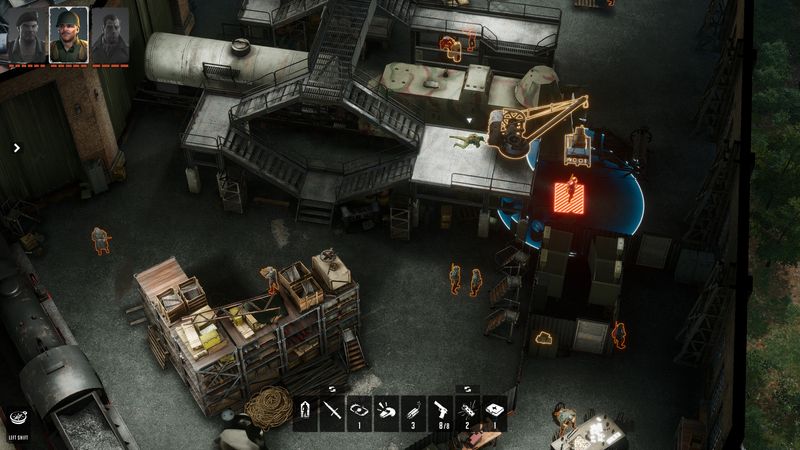
Player Experience
One glaring problem is the level design. In some missions, the map forces actions that seem to contradict alternate gameplay. For example, I was forced into immediate combat in the third mission. This eliminates any opportunity for a non-lethal run. The layout often emphasizes mass execution over strategic stealth. At times, my routes seemed to be predetermined rather than open to creative improvisation. I found that, while the interface is simple, it sometimes falls short on clarity. I struggled to pick up desired items due to a poorly chosen white outline that blends into the background. The option to hide enemies in bushes exists, but it only supports one enemy at a time. This limitation hinders the efficiency speedrunners crave.
In addition, I noticed some bugs and glitches that affect enemy behavior. Enemies can see you even when you hide behind concrete walls. While some may forget an inconsequential hitch, for competitive speedrunners, even minor imperfections decrease immersion and disrupt smooth runs. Nonetheless, there are moments of brilliance. I discovered alternate routes and shortcuts that allowed me to bypass some tricky zones. These moments are rare, but they add a compelling layer for those willing to study every map detail.
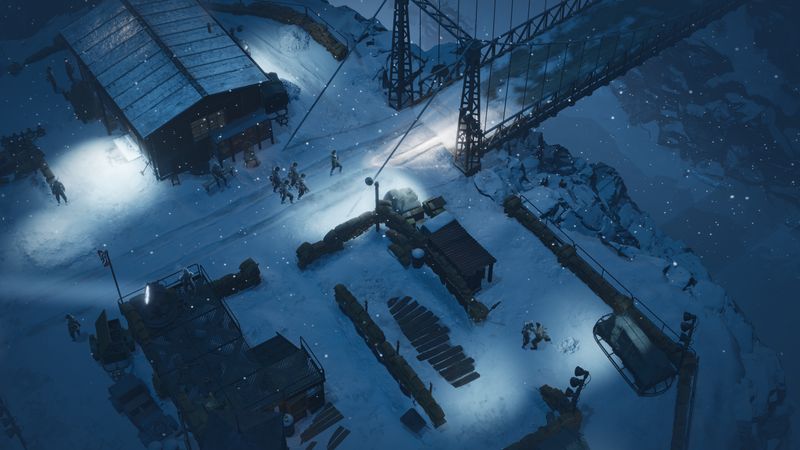
Story and Characters
Commandos: Origins attempts to do more than just deliver tactical combat. It plunges you into a service of heroes and historical events. I value the world-building that the game presents. Players are given a glimpse of what led to the iconic elite force’s formation, a fresh twist in the legacy of the Commandos series. The story uses its historical setting as a canvas for rich narrative moments. I expected refined character dynamics from this deep narrative, yet some character portrayals feel underdeveloped.
The characters themselves barely scratch the surface of their backstories. A deep dive into the mission context is evident, but a rich connection with the protagonists is missing. I craved deeper insights into each character, especially when planning speedruns where every second of lore-enhanced motivation counts. The experience becomes more mechanical than emotional. However, for those who appreciate the classic military narrative style and appreciate detailed tactical storytelling, the plot may still resonate.
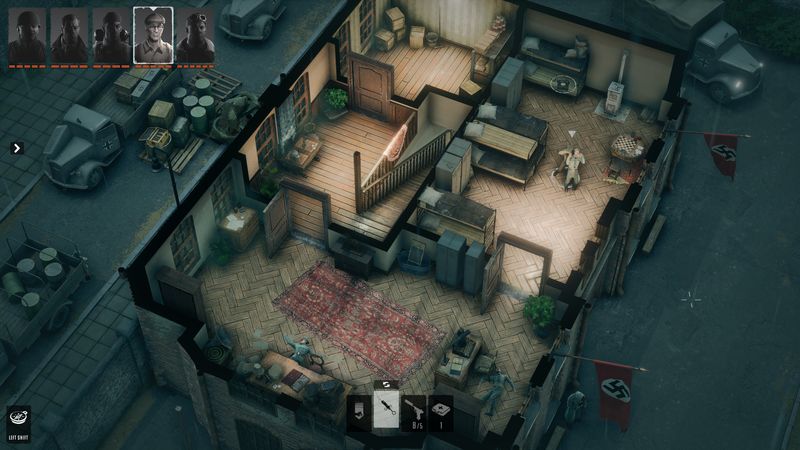
Visuals and Graphics
The visuals in Commandos: Origins largely contribute to the atmosphere of wartime tension. The artists have crafted detailed environments that remind us of the historical settings they represent. Lush graphics and meticulous level design generally set the tone for immersive tactical play. However, the visual execution sometimes undermines the experience. The simplistic user interface, with its often hard-to-read white outlines, detracts from the immersive quality I expect. Such issues can cause a frustrating moment where I misclick or lose valuable speedrun time.
Still, I admire the artistic style that captures the grittiness and urgency of warfare. The game’s color palette and lighting choices create a palpable tone that supports the story and gameplay overall. The graphical presentation is a strong asset when I compare it to earlier titles in the genre. Yet, the occasional use of clunky interfaces and visual distractions reminds us that the game has room for refinement.
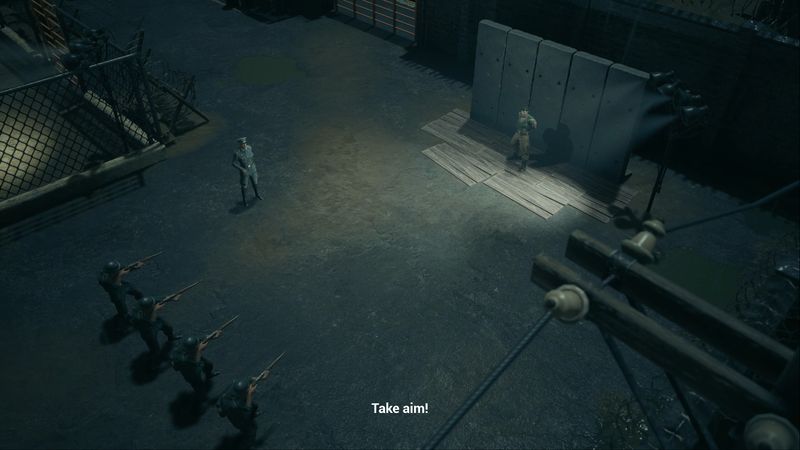
Sound and Music
Sound design is an area where Commandos: Origins truly shines. The soundtrack is composed with purpose. Each mission is underscored by tense and sweeping melodies that amplify the urgency of tactical moves. As a speedrunner who relies on auditory cues to time precise maneuvers, I found the music both motivating and informative. The sound effects anchor each explosive encounter with authenticity. Voice acting is competent and suits the historical context. When tip-toeing through enemy territory for a silent takedown, the subtle audio cues greatly enhance my performance.
At times, the silence between action-packed moments is as telling as the music itself. I applaud the attentive effort to balance chaotic combat sounds with ambient wartime echoes. Overall, the audio design supports the immersive environment, even if the visuals sometimes disappoint.
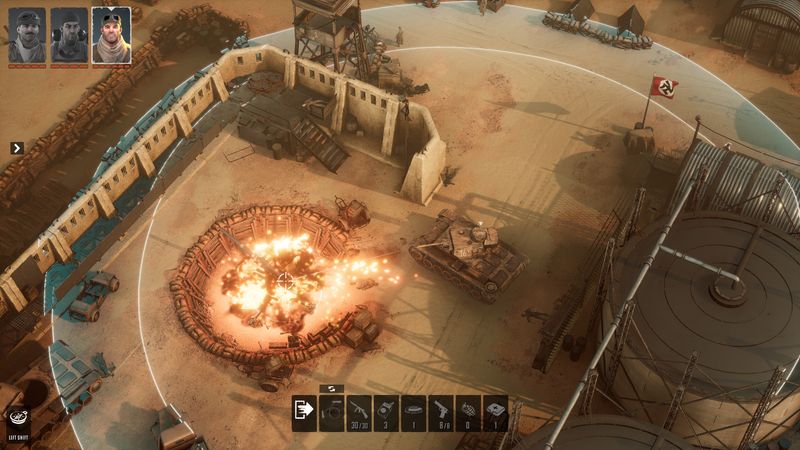
Difficulty and Replayability
Commandos: Origins delivers variable difficulty settings that can challenge even the most seasoned strategists. I appreciate that the game prompts you to rethink your routes depending on the mission. However, the difficulty curve is uneven. Some stages feel overly chaotic, forcing a brute-force approach that clashes with sophisticated speedrun strategies. Replayability stands on a high note for those interested in uncovering all the hidden shortcuts and secret objectives. I found myself replaying levels to optimize strategies and perfect my timing.
Yet, constant bugs and rigid level designs reduce the urge to revisit missions. The promise of deeper planning is marred by the premature end of stealth tactics. When a bug interferes with enemy AI or when the environment betrays a misjudged design, potential runs become less profitable. For competitive speedrunners, reliability is everything. As such, while there is significant potential for replayability, the execution is inconsistent.
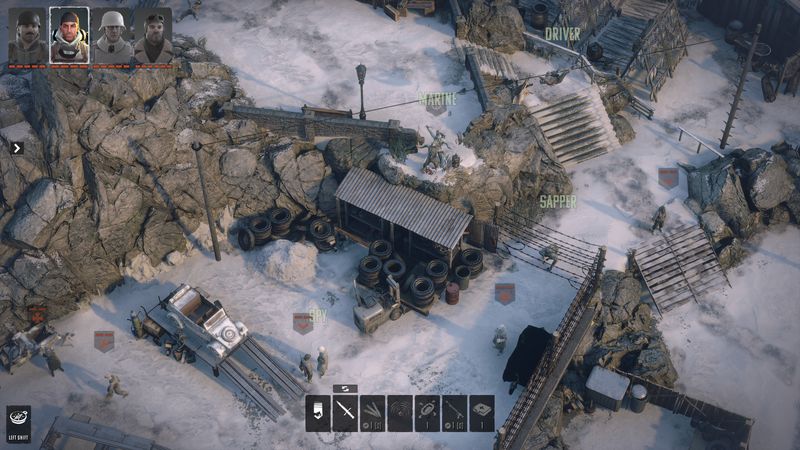
Final Thoughts and Score
Commandos: Origins is an ambitious yet flawed entry in the Commandos series. It revisits the rich history of WWII tactics while striving to merge speedrunning strategy with classical real-time tactics gameplay. I applaud Claymore Game Studios for their dedication to reviving this legendary franchise. Nonetheless, the design choices—particularly those that force preordained violent approaches and hamper stealth strategies—limit its appeal for refined speedrun sessions.
Speedrunners who thrive on optimizing game mechanics will be both excited and exasperated by the dual nature of this title. The occasional bugs, glitches, and interface shortcomings are too significant to ignore in an otherwise tactically rich environment. If speedrunners and strategy enthusiasts can overlook these issues, they will find Commandos: Origins a stimulating challenge. Fans of the older series and those seeking an engaging, tactical historical narrative might still enjoy it, provided the developers address the shortcomings in future patches.
In my assessment, I award Commandos: Origins 3 stars out of 5. The initial vision is competitive and full of historic charm. Yet, the technical and design issues undermine its full potential for refined, optimized speedrunning gameplay. I remain hopeful that, with further improvements and dedicated patches, Commandos: Origins can truly become a beloved classic in the real-time tactics community.
